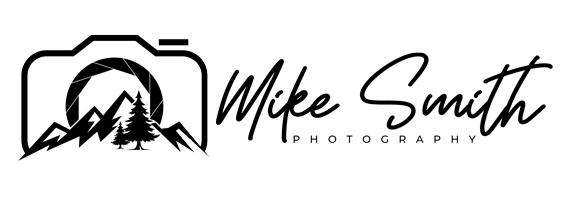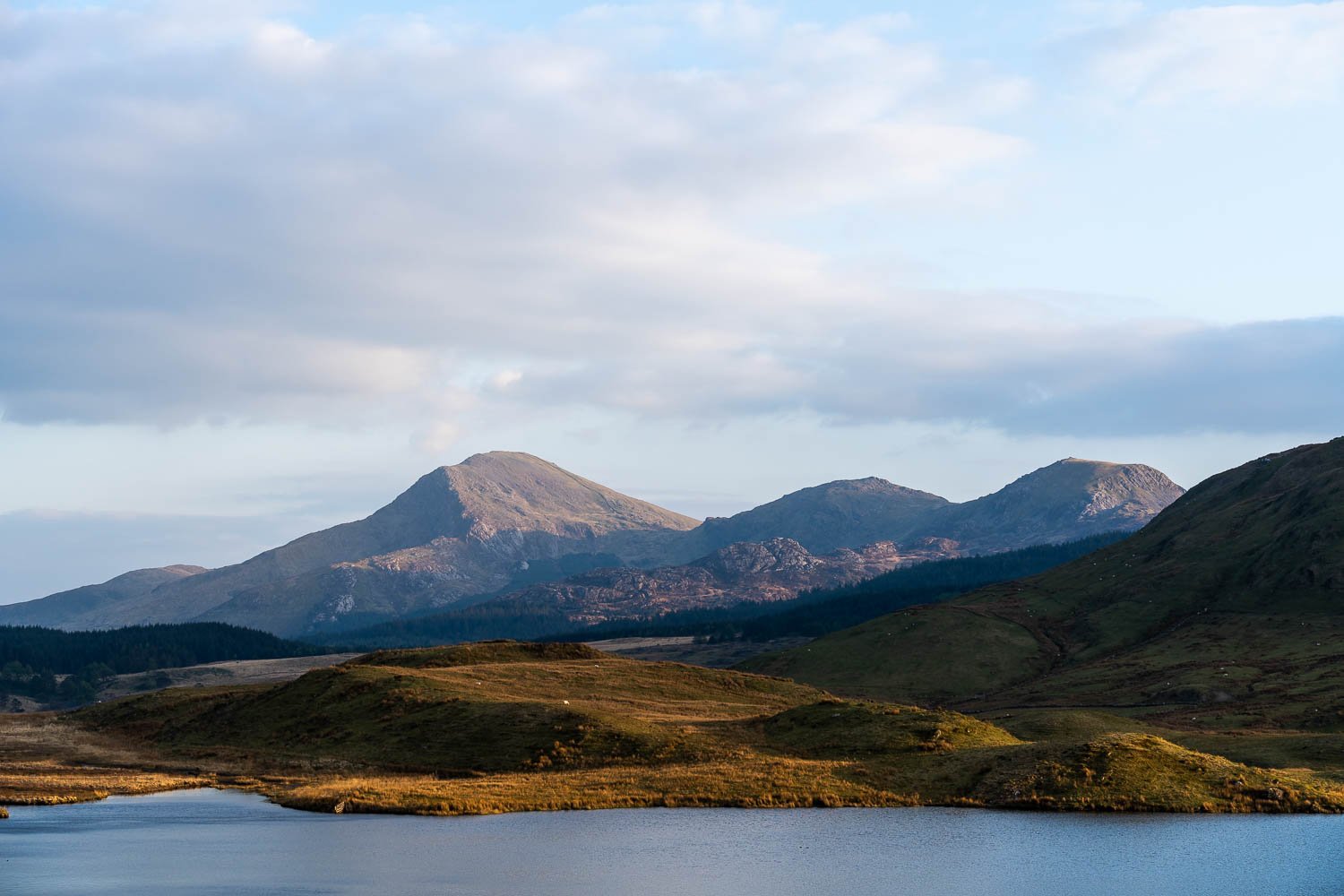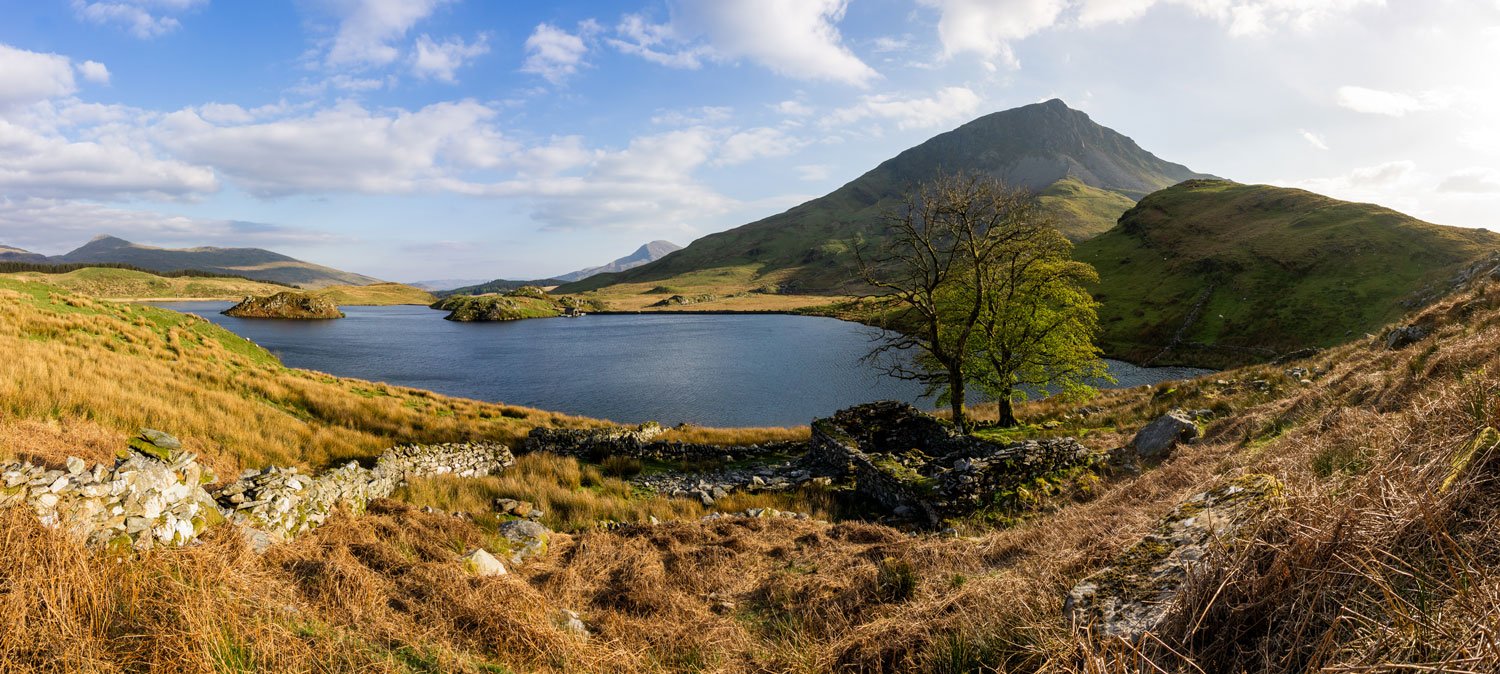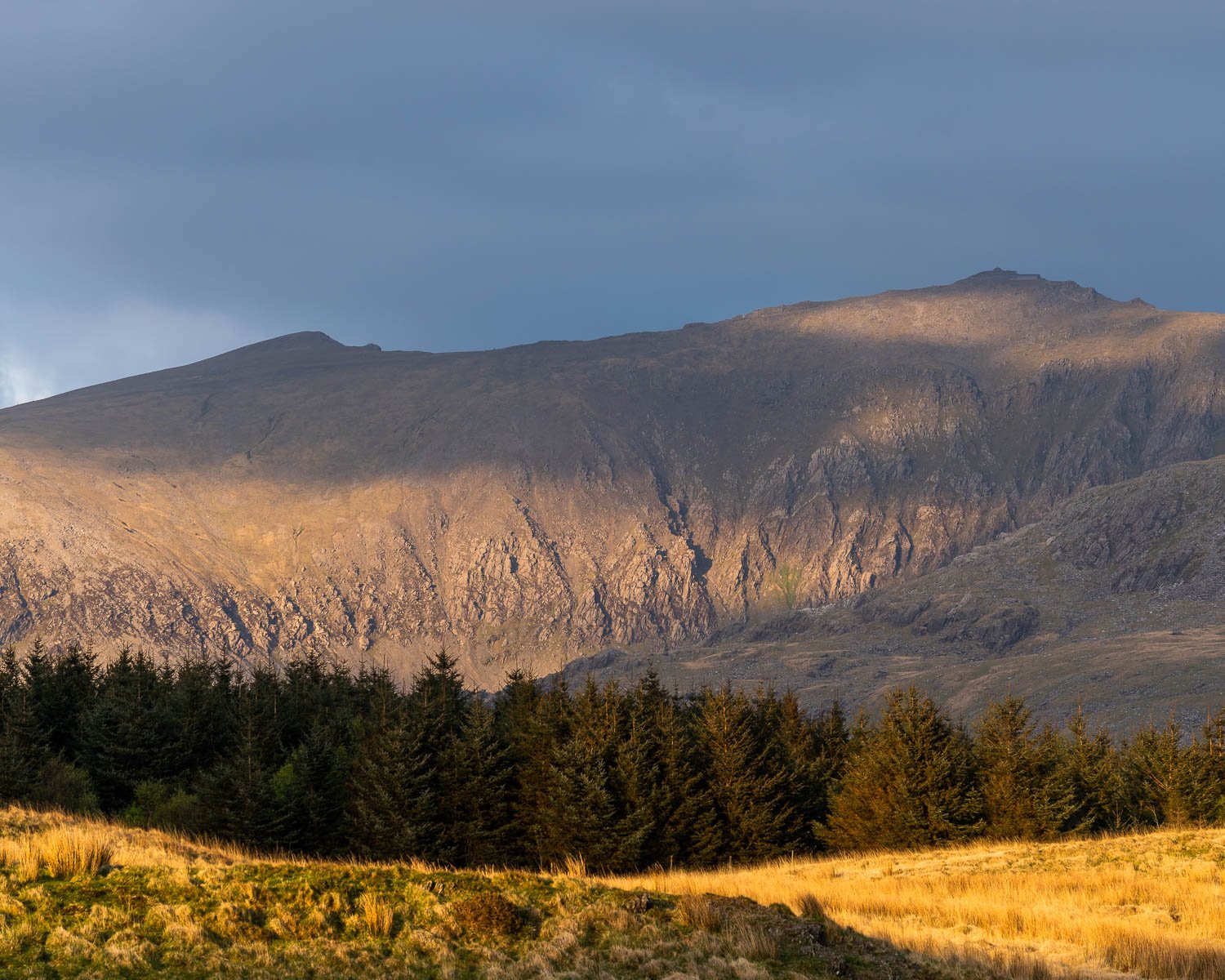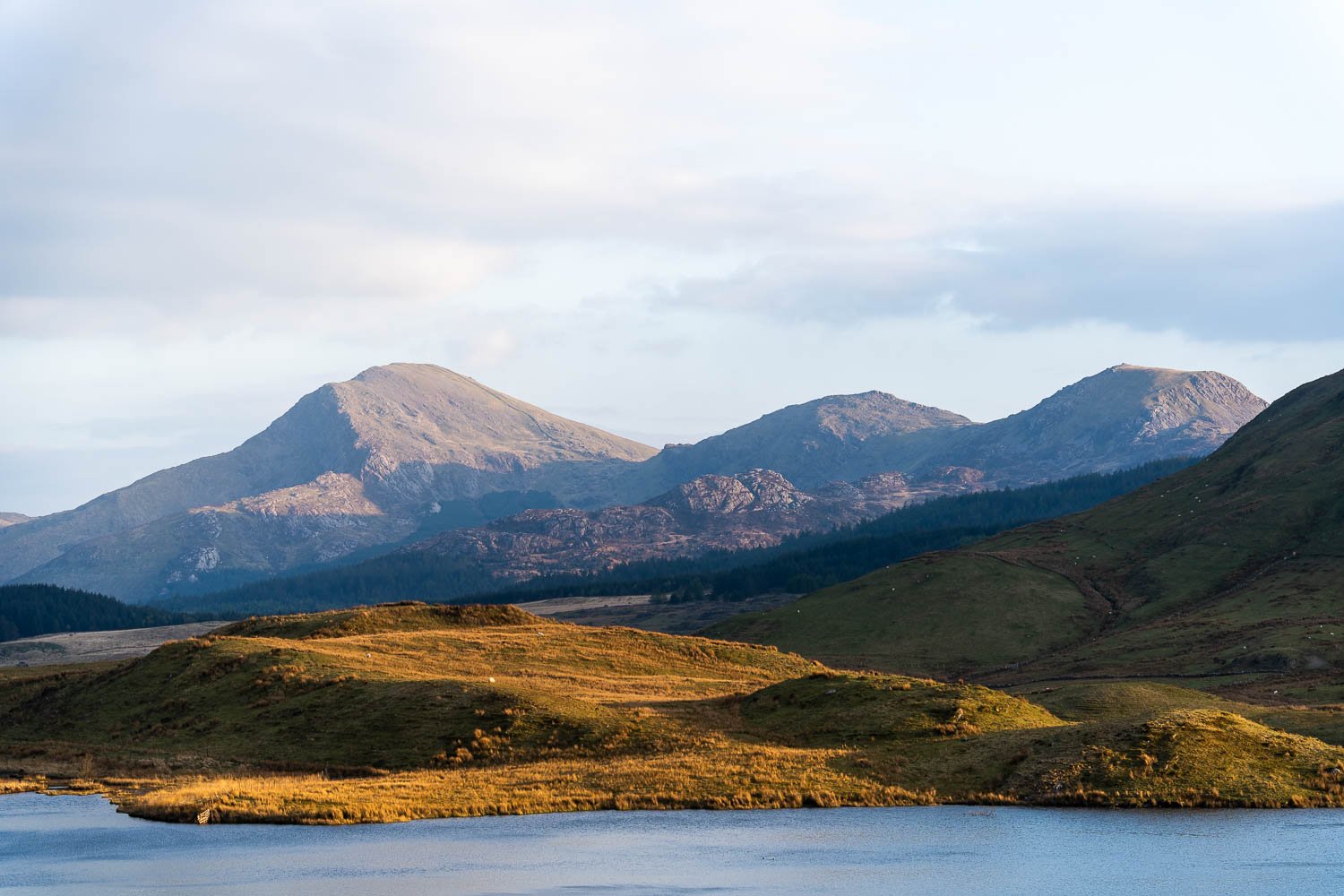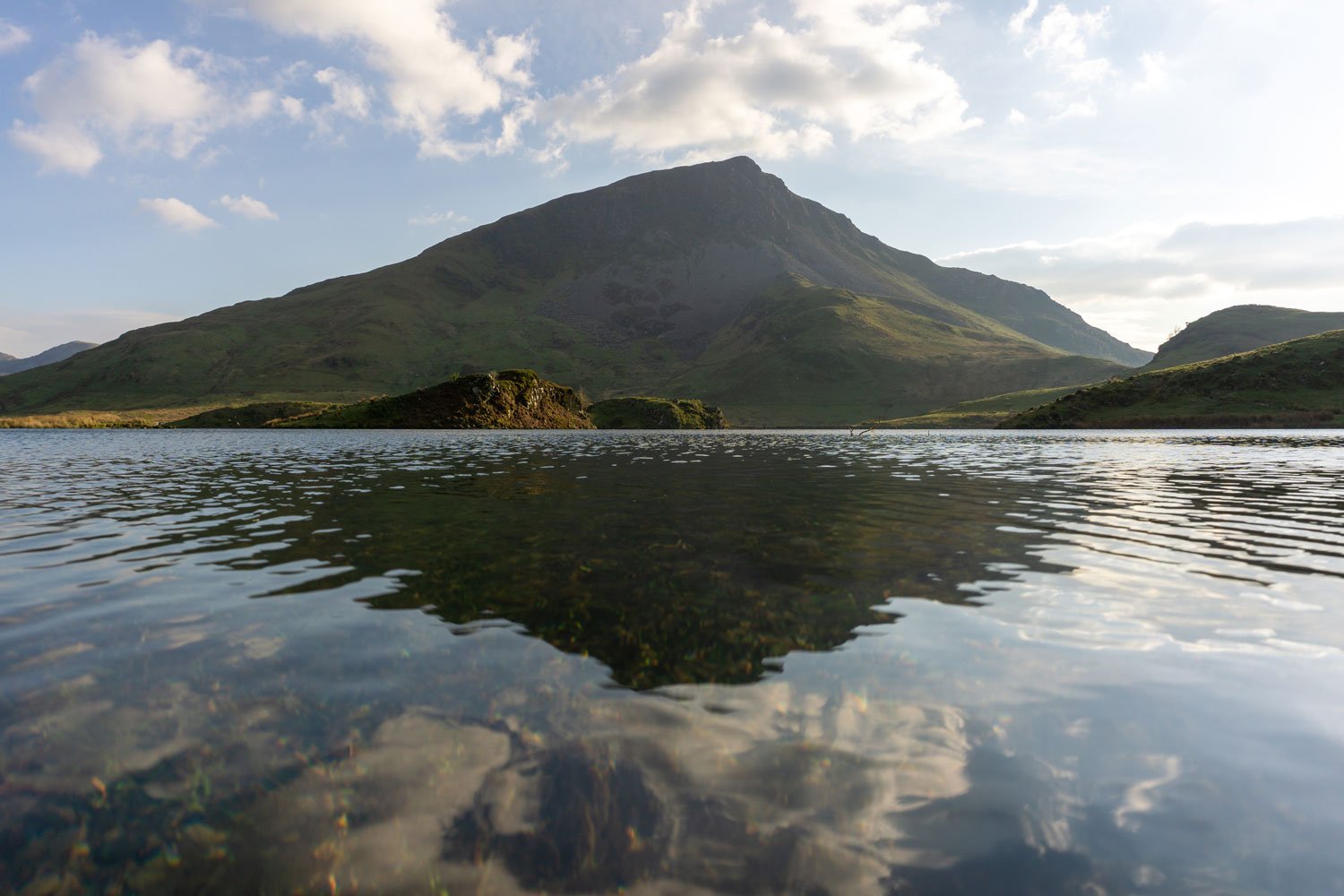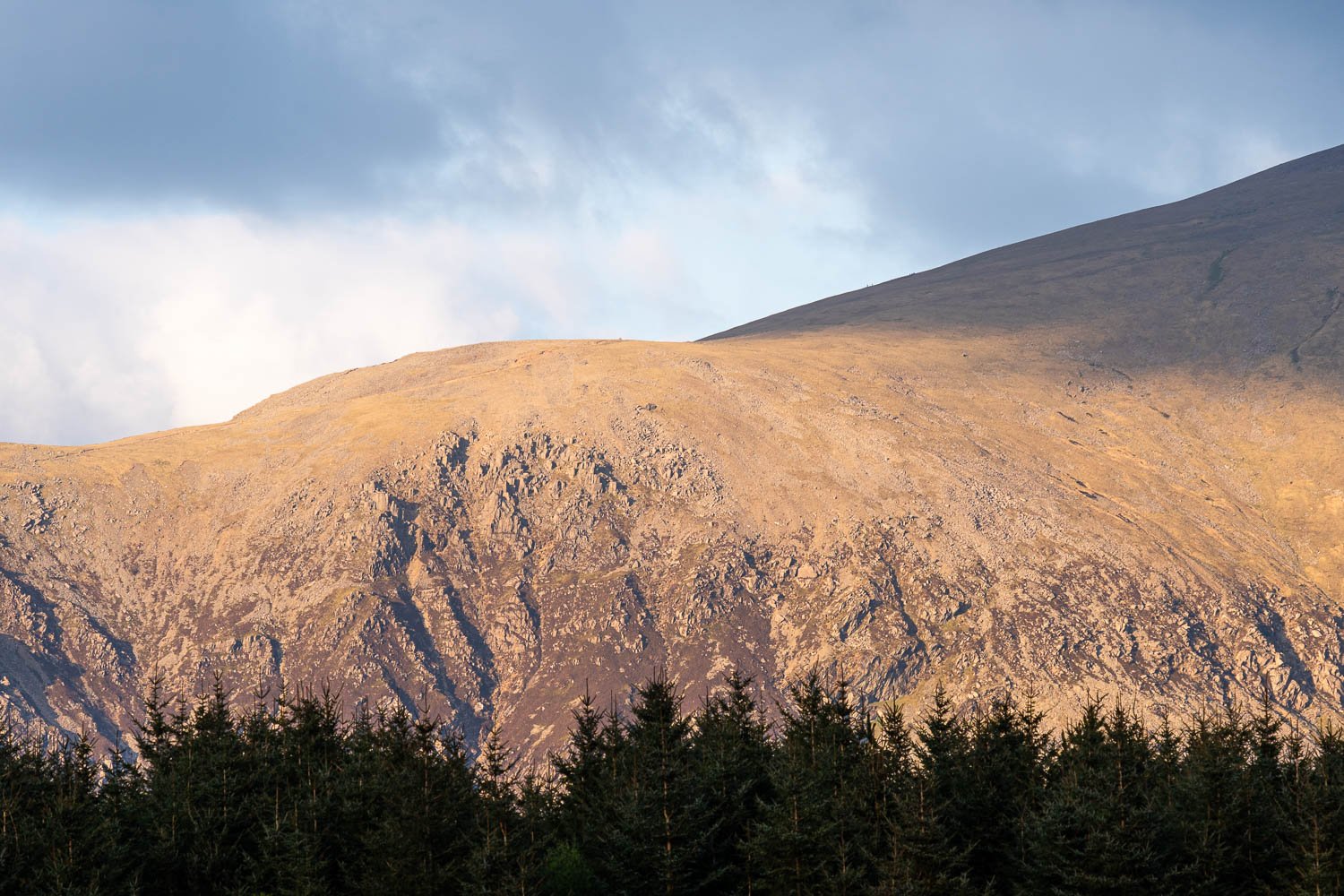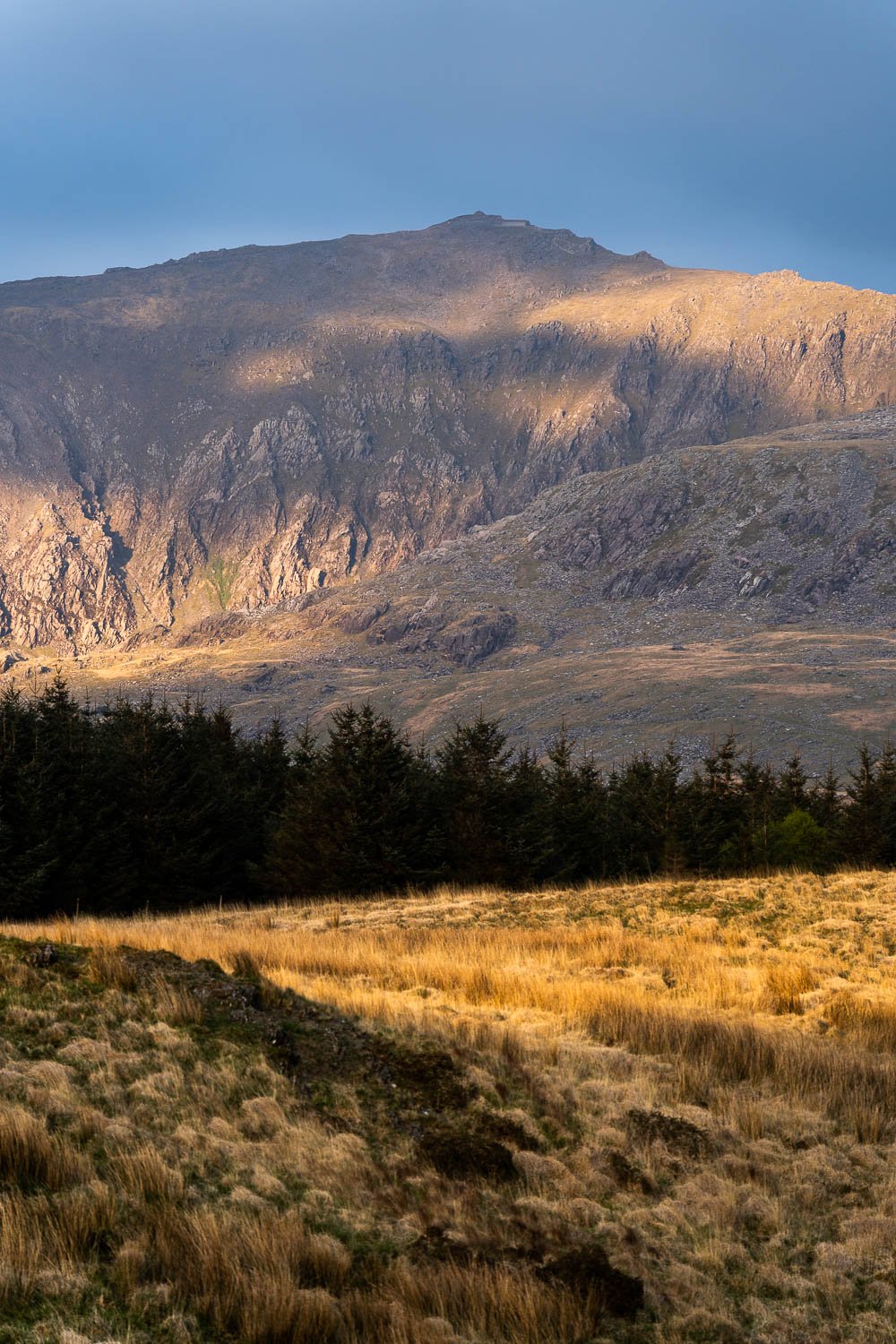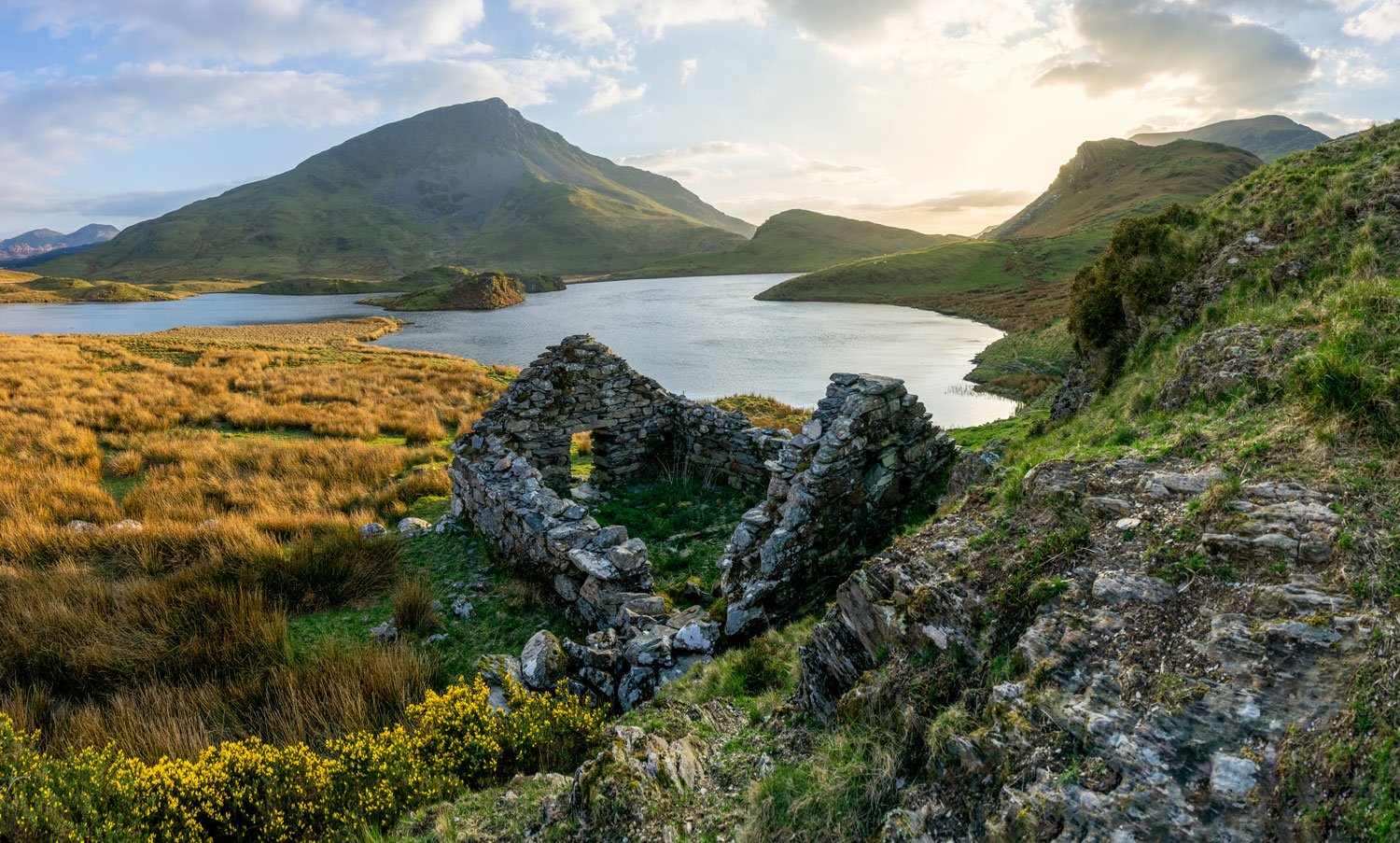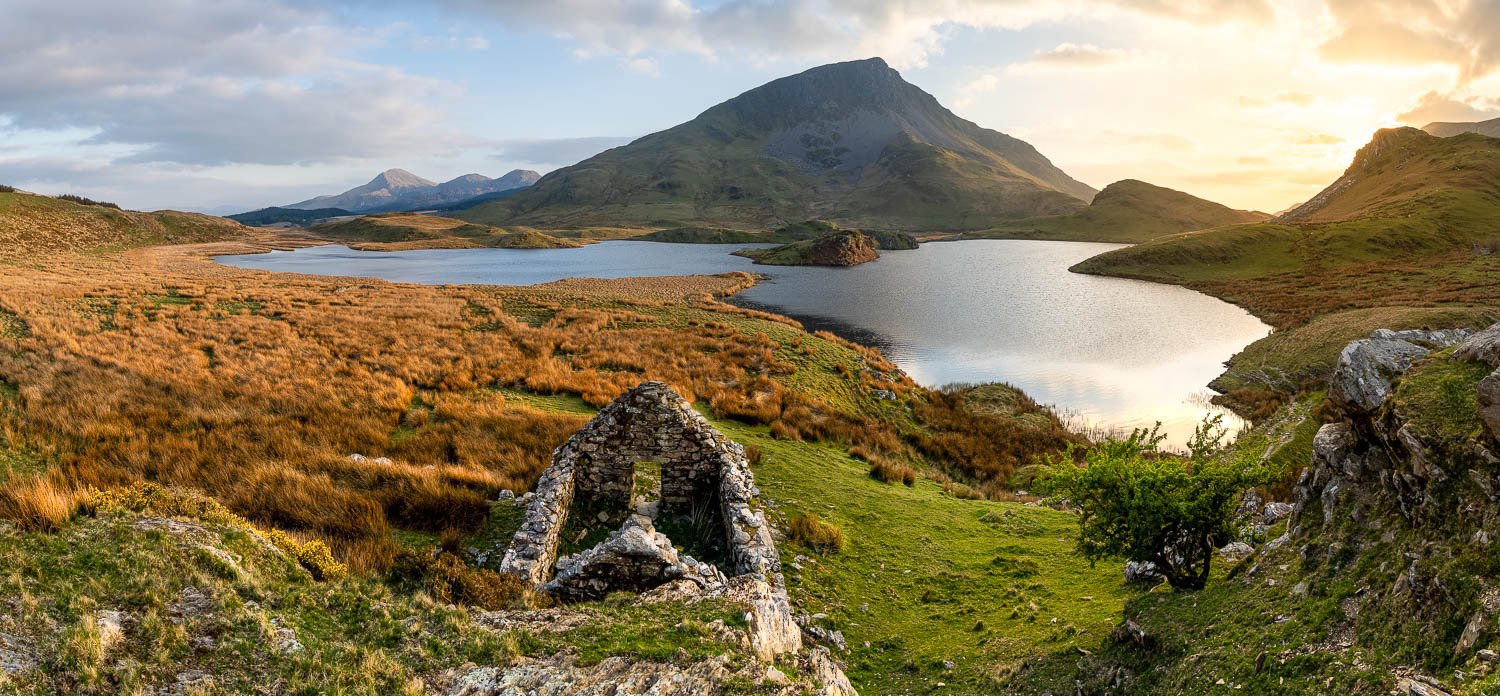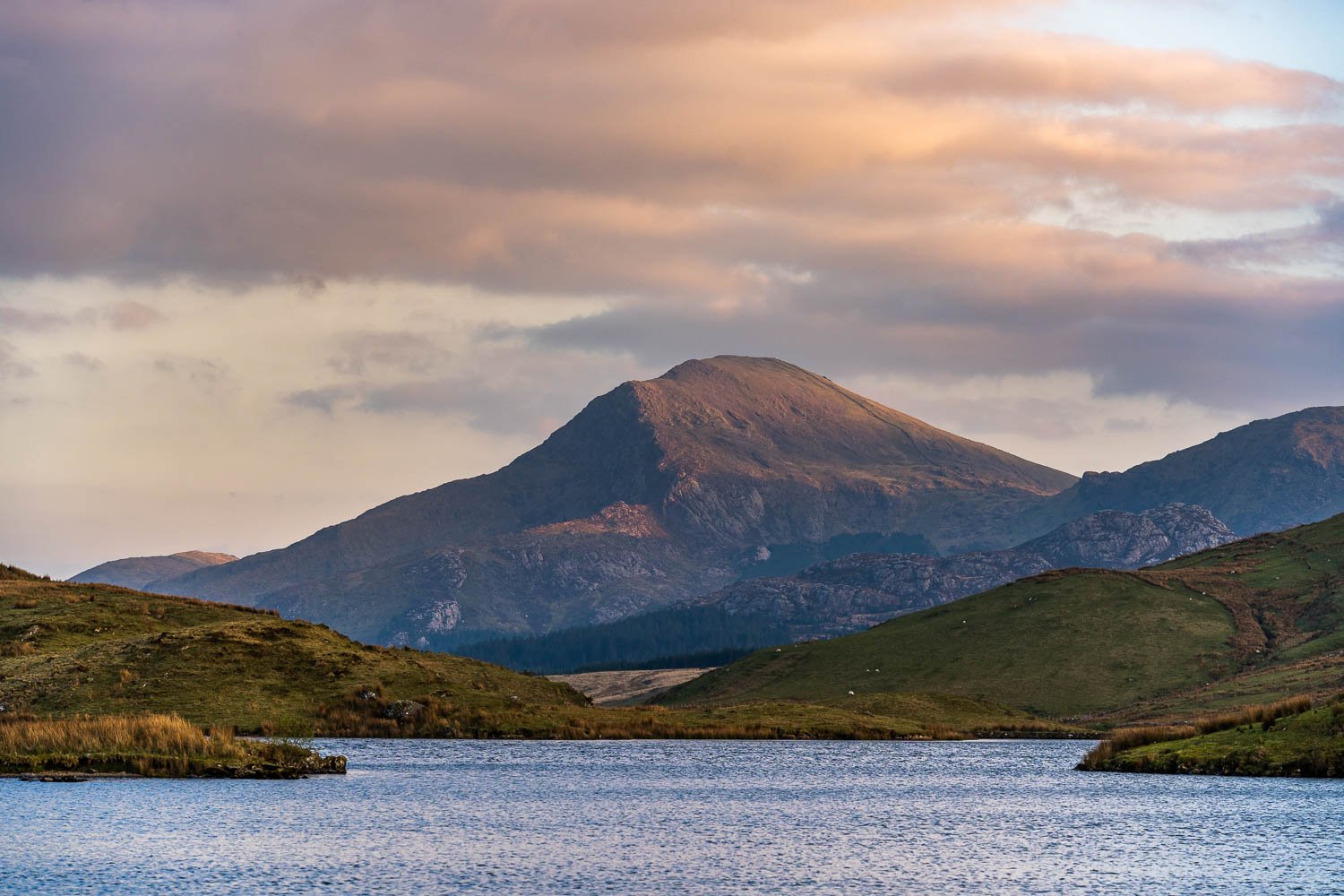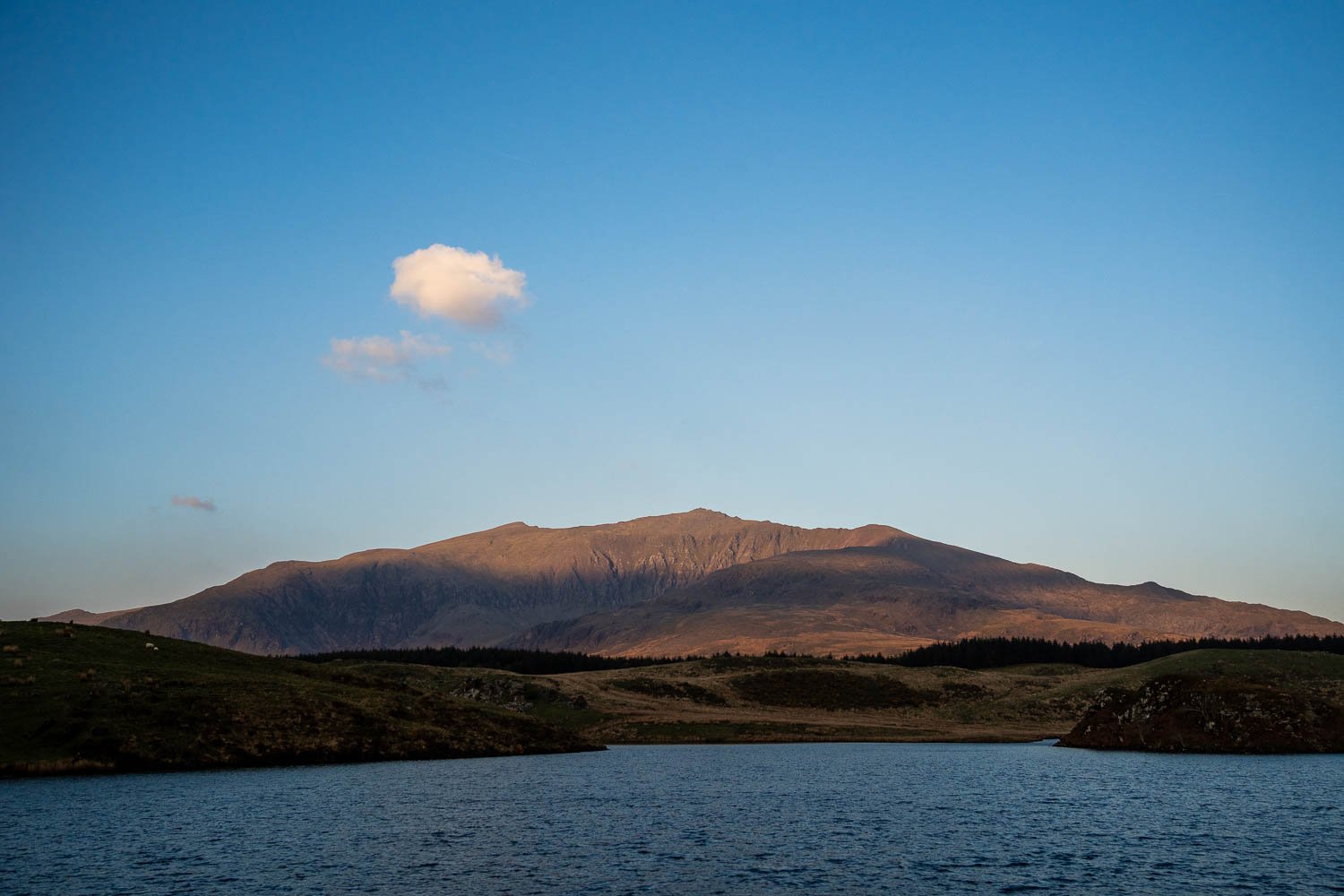Landscape Photography with a Kit Lens and the Sony A6000
I’ve been enjoying landscape photography for a long time now and over the years, through corporate work, real estate and architectural photography I have been able to build up my kit to having a couple of full frame cameras … but I wanted to know how far cameras have actually come … so I decided to go out with my Sony A6000 and the kit lens to try and get some good landscape photographs … and the results were quite surprising!
I also had the Sony A7iv in my bag to have a bit of a temptation to use that instead … but did I use it!?
The Sony A6000
The Sony A6000 is a crop sensor camera … it was the first in the line of A6000 cameras and was revolutionary at the time it was released (Feb 2014). Being lot smaller than a lot of the DSLRs out at the time, it had an APS-C sensor within, replacing the NEX-6 and NEX-7 line of cameras.
The A6000 is a great little camera that has now been discontinued and replaced with the A6100, but it still packs a punch … and if you want to get a great little camera for next to nothing (in photography terms of costs), E-bay has a lot of these going really cheap … around £250-300 for the body only … and about £350 with the kit lens.
The Sony 16-50mm Kit lens
The kit lens is a little weird. It has a power-zoom so is kind of odd if you have come from the DSLR world and are used to manual zooms. However, if you have come over from a hybrid camera system or a point and shoot with a bit of a zoom built in, this is perfectly normal. This is still available to buy but I would recommend other lenses if you are looking to get better photographs.
The Sony A6000 and Kit lens for Landscape Photography
When it comes to landscape photography, once you have focus, the landscape isn’t going anywhere … you can get focus and then not worry too much about it until you move to the next photo, or you find a different composition.
This is where the crop sensor cameras do a better job … when you want to get everything in focus from front to back.
I had to worry a lot less about my foreground with this combo of camera and lens than with a full frame camera.
I was photographing with much bigger f numbers than with the A7iv and the foreground was still in focus. This is just to do with the physics involved with not having to project such a big image because of that smaller sensor.
Llyn Y Dywarchen
The location I went to is awesome for photography. It is North West of the village of Beddgelert and is very popular for fishing. The light does go behind the mountains quite early into the golden hour so you do have to work out what will be lit if the light is out …
Snowdon is also in the background so there is plenty to see when the visibility is good.
I am definitely going to be coming back here in the winter as well for some snowy landscapes as this would be fantastic!
Setting up the A6000 and Kit Lens for Landscape Photography
I shoot with the Sony A7iv … a lot of the time, I will shoot in aperture priority and then use exposure compensation to dial in my settings … this is the easiest and most fun way to enjoy photography and not worry too much about the settings … so this is how I set the A6000 up for landscape photography.
The lower back dial was set to change the aperture when I wanted to and the top dial was used for exposure compensation.
I also set up back button focussing. This is where you have a button on the back of the camera set to focus the camera.
The benefits of this are that you can focus and then take multiple images without the focus changing whenever you press the shutter button … if you haven’t seen this yet, watch this video now … back button focussing is such a game changer when it comes to the process of taking a photograph and once you are used to it, it really does make the job so much easier with far fewer times of accidental focus issues.
Most photographers I know use this.
It is just a very different way of focussing with your camera and it gives you more control over where and when the camera focuses.
I also set the following in the Sony A6000:
File type RAW
Multi metering
White Balance set to daylight
Focus set to the AEL button
Focus area set to center
My Experiences with the A6000 and Kit Lens for Landscape Photography
I was very surprised with the results I got from the A6000 and kit lens.
I thought the photos would be really soft and unusable … but it was pretty much the opposite.
Like with using any camera there were the challenges of getting the settings right … and the dynamic range was a little bit smaller than the more modern cameras, but again, this was a lot less noticeable than I thought it would be.
In fact, having such a small camera is such a benefit for really long hikes and something like this weighs next to nothing.
16mm is basically the same framing as a 24mm on a full frame camera, so a normal wide lens. 50mm is the full frame equivalent of 75mm … so basically the kit lens is a 24-75mm lens when it comes to framing. This is a great range for every day shooting.
If you want to shoot wider, panoramas are the way to go and I show you how I shot these in the video itself … I didn’t stay in teacher mode too long though as this was a challenge video.
But there is no need to get a wider lens for this camera if you are using it for landscape photography … unless you really want to. If you do, I would recommend the 10-18mm sony. It is a little expensive, but the quality is fantastic when paired with the A6000.
I felt the most restricted with the longer end of the lens.
I normally shoot with a 28-200mm on the A7iv and this gives me a nice bit of reach, so wiht the kit lens at 55mm (75mm full frame equivalent) this really did feel a little short.
With the Snowdon mountain range in the background being hit by dappled light, I really wanted to get the 28-200mm out, but I did resist … for a while …
Did I get the A7iv out?
I have to confess, I did get the A7iv out, but not until the end of the day when the light had really dropped.
There was some sunshine still hitting the mountains in the distance but it had all but gone on the foreground, so I did get my favourite shots with the A6000 and kit lens.
I ended up just picking out the things I liked in the distance with the A7iv and although I didn’t like most of the images I got with that lens, there are a few I like.
Check them out in this gallery below … can you guess which ones are from the A6000 and which ones are from the A7iv?
"Knowing is not enough; we must apply. Wishing is not enough; we must do."
Johann Wolfgang Von Goethe
Conclusion
The biggest thing I hope that you take away from watching this video and/or reading my article is that nowadays the gear really doesn’t matter.
It is more about you getting out there and taking photographs. It’s about you learning the art and the process of photography.
If you have the most basic camera, just get out there and shoot, whether it is shots around your city, town or village, whether it is a walk down the park and photographs of trees, or whether it is a full blown trip, hundreds of miles away, you can get some great photographs with the camera you have … and you can call yourself a photographer.
If you have one of the A6000 cameras, or one of it’s siblings (A6100, A6300, A6400, A6500 or the A6600), I would recommend getting two different lenses for it. If you are on a budget, just get the 55-210mm lens. This is an inexpensive lens that has a great range and will get you so many more photographs. When paired with the kit lens, this will give you a range from 16mm to 210mm (Full frame equivalent of 24-315mm).
If you have a bit more of a budget, I would definitely recommend the Tamron 28-200mm. This gives a nice focal range and if you were to ever upgrade to a full-frame camera in the future, you could keep this lens and use it with a full frame camera which is something you couldn’t do with the Sony 55-210mm.
As for the wide angle side of the range, you can get away with just the kit lens and shoot pano stitches when you want to go wider, but if you would prefer to get a wide angle lens, the Sony 10-18mm is a fantastic little unit. I have this and often pair it up with my A6000 when I want to get those super wide shots … but this is more of a luxury.
Thanks for reading. If you liked this and want to read more, try this article next. In it, I talk about getting good exposures in your photographs.
Thanks
Mike
